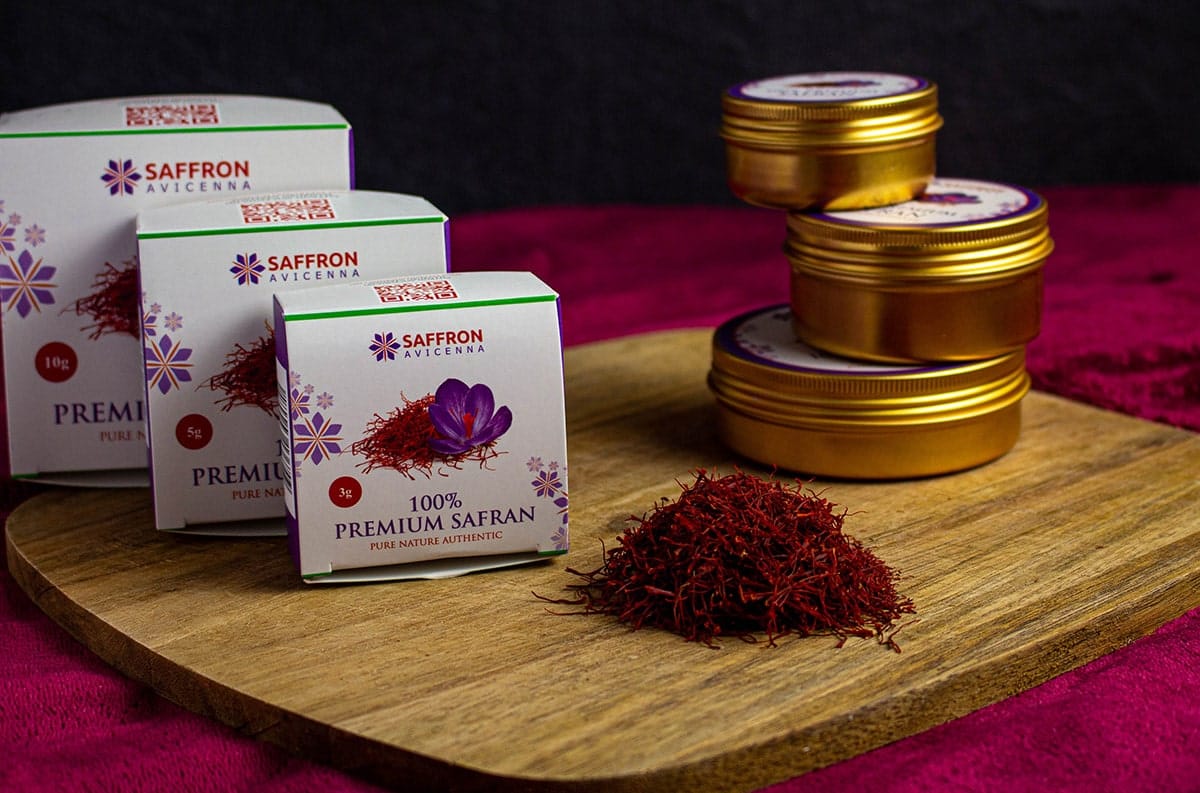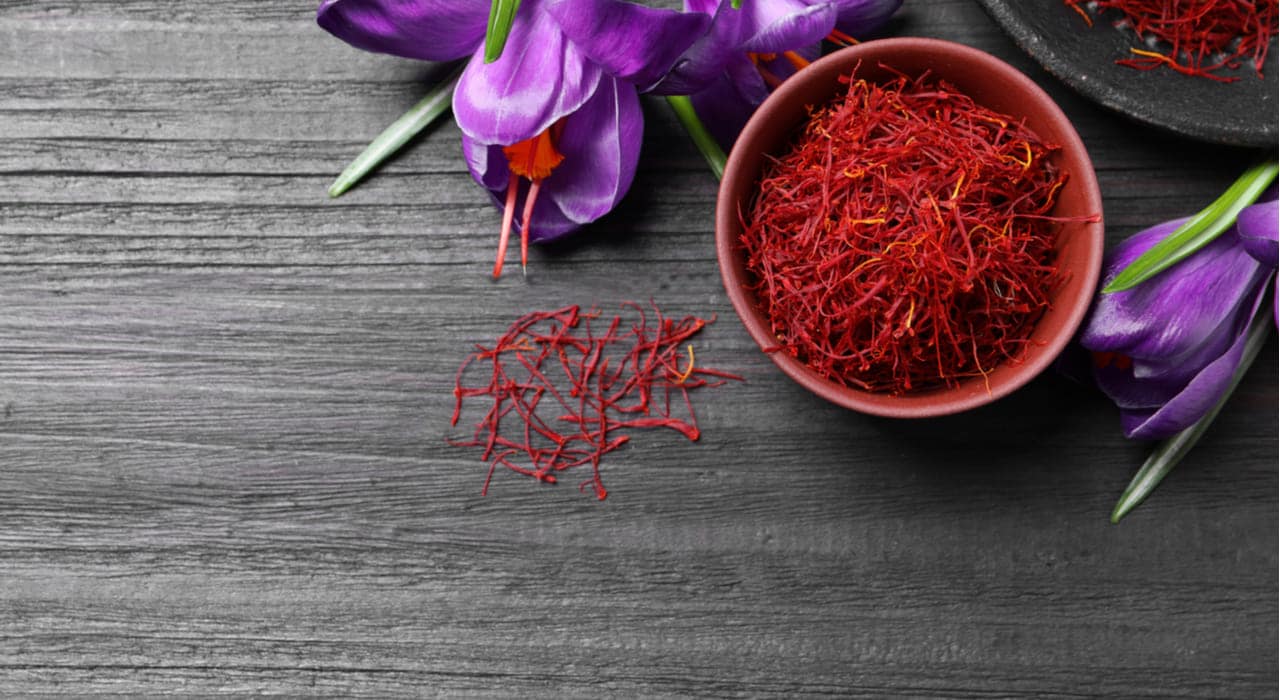Afghan Saffron
Saffron, the crimson gold of spices, has been treasured for centuries, not only for its vibrant hue but also for its distinct aroma and flavor. The world’s saffron production primarily revolves around two countries: Afghanistan and Iran. Both nations have rich saffron traditions, but their varieties are known for their unique characteristics, making it a fragrant face-off worth exploring.
In this blog post, we’ll delve into Afghan and Iranian saffron, and compare their cultivation methods, flavor profiles, and cultural significance. By the end of this journey, you’ll be better equipped to choose between these two saffron varieties and understand how they play an essential role in culinary and cultural traditions.
The Origins of Saffron
Saffron, derived from the Crocus sativus flower, has been cultivated and cherished for thousands of years. The spice’s origins can be traced back to the regions of Iran, Greece, and India. However, Afghanistan and Iran have established themselves as key players in the saffron industry.
Afghan Saffron
While somewhat overshadowed by its Iranian counterpart, Afghan saffron has gained recognition for its high quality and unique characteristics. The saffron is primarily grown in the western provinces of Afghanistan, such as Herat and Farah, and it’s celebrated for its deep crimson threads and strong, earthy aroma.
The distinctiveness of Afghan saffron can be attributed to the climate and soil conditions of the region. The harsh winters and arid summers create an environment that allows saffron to thrive. Afghan saffron threads are often thicker and longer than other varieties, making them particularly suitable for garnishing dishes and enhancing their visual appeal.
Iranian Saffron
Iranian saffron, often referred to as “Persian saffron,” is among the most famous and sought-after saffron varieties in the world. It is cultivated in various regions of Iran, with the Khorasan province being a prominent saffron-producing area. The distinct feature of Iranian saffron is its bright red threads with a slightly sweet, floral, and honey-like aroma.
Iranian saffron benefits from the country’s diverse climate, which ranges from cold winters to hot summers. This diversity contributes to the saffron’s unique flavor profile and aroma. Persian saffron is known for its culinary excellence and its contribution to the rich history and traditions of Persian cuisine.
Flavor Profile: Afghan vs. Iranian Saffron
The flavor and aroma of saffron are pivotal factors in differentiating between Afghan and Iranian saffron.
Afghan saffron offers a robust, earthy flavor with hints of honey and mild bitterness. Its aroma is often described as musky and hay-like, which can add depth to various dishes. It’s ideal for savory dishes like rice, stews, and soups.
In contrast, Iranian saffron boasts a sweeter, more delicate flavor profile. Its threads release a floral, honey-like aroma, which can elevate desserts, pastries, and lighter dishes. The nuanced taste of Iranian saffron makes it a favorite among chefs who seek a more refined saffron flavor.
Cultural Significance
Saffron extends its influence beyond the culinary world; it plays a vital role in Afghanistan and Iran’s cultural traditions and practices.
In Afghanistan, saffron has a deep-rooted cultural significance. It is not only a source of income for many Afghan families but also an emblem of the country’s agricultural heritage. Afghan saffron farmers take great pride in their cultivation practices and in preserving the traditions of saffron production. Moreover, Afghan saffron has gained international recognition and contributed to economic development.
Iran, on the other hand, has a centuries-old relationship with saffron. Persian saffron is not just an ingredient; it is a symbol of luxury and sophistication. Saffron has been an integral part of Persian cuisine for generations, with its use dating back to ancient Persia. It’s employed in various traditional Persian dishes, including the world-renowned saffron rice dishes like “Tahchin” and “Zereshk Polo.”
The Culinary Applications
The choice between Afghan and Iranian saffron often depends on the intended culinary application.
With its robust flavor and musky aroma, Afghan saffron is particularly suited for dishes with strong, savory flavors. It enhances the taste of rice dishes, kebabs, and hearty stews. Afghan saffron’s earthiness complements these dishes’ savory elements, making it a popular choice among Afghan and Indian cuisines.
With its delicate and sweet flavor profile, Iranian saffron is an excellent choice for desserts and lighter dishes. It can elevate the taste of pastries, ice creams, and creamy rice dishes. The floral and honey-like notes add a touch of sophistication to these culinary creations, making Persian saffron the preferred choice for many gourmet chefs.
Best Place To Buy Saffron Online
Selecting Your Saffron
When purchasing saffron, it’s essential to consider a few key factors:
- Color: Look for saffron with deep, rich red threads. Avoid saffron with a dull or orange appearance.
- Aroma: Smell the saffron; it should have a distinct, pleasant aroma. The aroma is a strong indicator of saffron’s quality.
- Thread Quality: Check the thickness and length of the threads. High-quality saffron tends to have longer, thicker threads.
- Origin: Consider whether you prefer Afghan or Iranian saffron based on the flavor profile that suits your intended dishes.
- Purity: Pure saffron threads should not contain any yellow or white parts.
- Price: Saffron is a premium spice, and quality comes at a price. Be wary of saffron that seems too cheap; it may not be genuine or of high quality.
Conclusion
The fragrant face-off between Afghan and Iranian saffron is a testament to the diversity and richness of the saffron world. Each variety brings its own unique flavors, aromas, and cultural significance to the table. The choice between Afghan and Iranian saffron ultimately depends on your culinary preferences and the dishes you intend to prepare.
Whether you opt for the robust, earthy notes of Afghan saffron or the delicate, sweet flavor of Iranian saffron, one thing is certain. Both varieties will add a touch of elegance and vibrancy to your culinary creations, making them truly golden.







